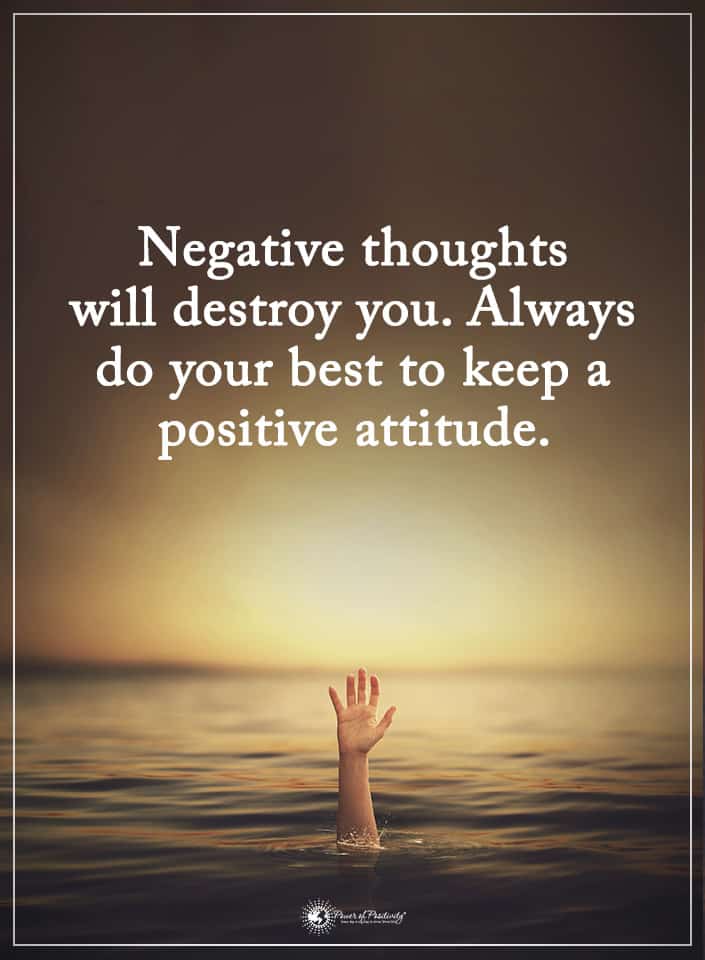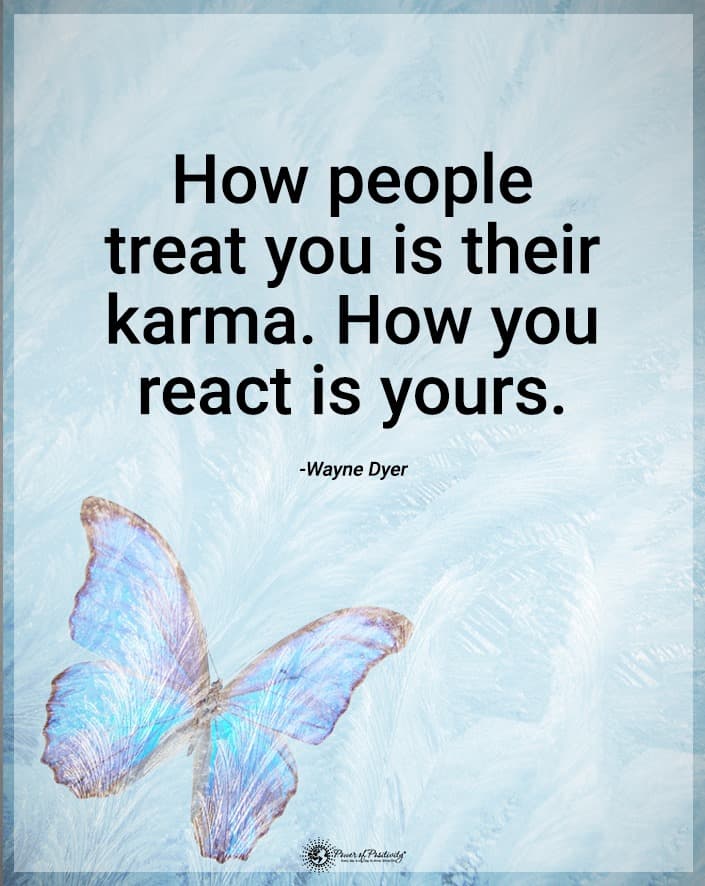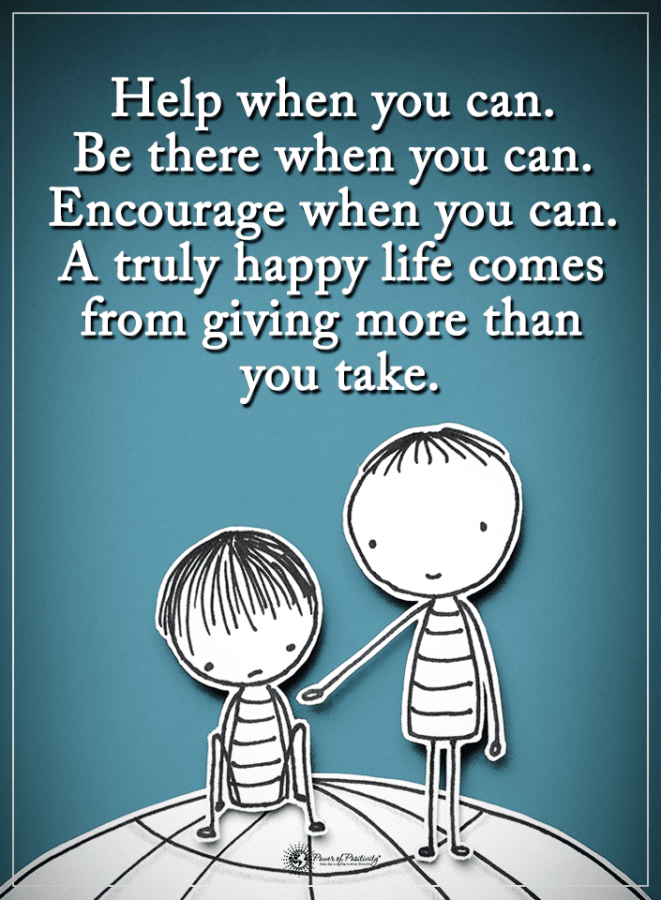There is an eternal essence that flows within all belief systems. The common sacred element that religions share is the fluidity of the greatest substance on earth: water. We come from water. The majority of our physical body is embodied by it. We require its purification, its thirst for clarity, and its physical necessity to survive. But, water is deeper than this. It holds divine wisdom that ties all beliefs together. From birth to death, this is the substance that binds us at its mercy.
The Sacred Belief That All Religions Share
In most religions, rivers or streams are used as a ritual in purification. Consider the following examples of its significance.
Christianity:
In Christianity, it is used for Baptism as a sacred ritual of holiness and communion. It represents the cleansing purification of the soul. In baptism rituals, water washes away past sins.
Here are some passages from the New Testament of the Bible that support this belief:
Jesus answered, “Very truly I tell you, no one can enter the kingdom of God without being born of water and the Spirit.” ~John 3:5
“But those who drink the water I give them will never thirst. Indeed, the water I give them will become in them a spring of water welling up to eternal life.” ~John 4:14
However, Christians also acknowledge a darker meaning of water– the wrath of an angered God. Think of Noah and the Great Flood and how evil was wiped out by it. The Bible describes humankind as being so wicked that God was displeased. He decided to destroy the evil by flooding the earth. Only Noah, his family, and the creatures who boarded his ark were saved from these great floods.
Judaism:
In Judaism, it is used in Mikveh which is a ritual washing of several purposes (as before Sabbath and after menstruation).
Water is very central in The Torah, the five books handed down by Moses. These writings formed the basis of the very laws of Judea. These laws were important to the survival of the ancient people of the Holy Land, an arid climate that adopted the management of this resource both for spiritual reasons as well as for the very survival of the people. Thus, water symbolizes life itself in Judaism.
Islam:
In the Muslim religion, it is a requirement to wash with water before entering prayer or handling the Qur’an.
Aside from purification rituals for spiritual purposes, followers of Islam appreciate this also as a resource and gift from Allah. Much like the early Jewish people, those ancient people of Islamic faith dwelled in desert regions. The stream near any settlement supported life, renewed the spirit, and cleansed the body and soul.
“O you who believe, when you prepare for prayer, wash your faces and your hand to the elbows; rub your head and your feet to the ankles.” ~Qur’an 5: 7/8
Hinduism:
In Hinduism, water has a special placed since it is believed to have spiritually cleansing powers.
Much as Christians hold Baptisms, Hindus perform cleansing rituals in the sacred waters of the River Ganges. Moreover, they performed such rituals over many centuries. Despite the fact that the river is polluted today, Hindus continue to regard it as a spiritual place. Pilgrims continue to visit its banks to this very day.
Buddhism:
In Buddhism, is used for temples and for the sacred ritual of drinking tea.
What all these religions and others share is the common belief that water is of importance in striving to attain purity. Here are some examples of religious texts that mention water:
A text from the Tao Te Ching states the following:
“The highest goodness is to be like water. Water benefits all the Ten Thousand Things, yet does not compete. Water will go to the low places everyone despises and be content.”
Final Thoughts: Water is Common Ground Held by All Theologies
There is no doubt that we are sustained by water and all the spiritual meanings it has acquired from myths to religions. It holds tremendous significance.
What does water mean to you? How do you feel when you are around it? Do you feel the serenity when walking along the beach? Can you feel peace when you are sitting by a lake? Do you feel recharged after a hot shower?
It is emotional, just like when we release the water of tears. And it is almost intangible, as you cannot hold on to it in your hands for very long. Also, it is malleable, taking the shape of any vessel that holds it. It freezes and it heats in varying temperatures. It’s mystical and mystifying. We use it for cleansing, rituals, eating, drinking, and beauty.
Water controls the environment and all of our lives. And, in spite of water being ever-present, we ignore its sacredness.
Water is the trinity that holds the mind, body, and spirit together. It is what holds the earth, plants, humans, and animals together as one. As it flows, it is ever-changing. It washes away sins, and cleanses the body of any impurities.
Dr. Masaru Emoto’s Studies of Water
According to studies conducted by the Japanese scientist, Dr. Masaru Emoto, our thoughts and feelings influence the molecular structure of water. During this study, he analyzed water crystals and exposed them to thoughts and feelings. He used positive and negative feelings to see how the crystals were influenced. Love became a beautiful snowflake structure. Hate had abnormal distorted shapes in its crystallized state.
Dr. Emoto wrote the following in Hidden Messages in Water,
“Water records information, and while circulating throughout the earth distributes information. This water sent from the universe is full of information of life.”
 Final Thoughts on the Connection Between Water and Religions Around the World
Final Thoughts on the Connection Between Water and Religions Around the World
Allow this resource to lift you through its divine energy. Let it wash away all your sorrows and purify you through its sacred elements. Drink enough water to keep a healthy body. The lack of water has shown to cause many diseases. The human body is like a universe and in it, we carry the mysteries of this incredible commodity. The next time that you feel stressed or sad take a walk around a lake or listen to a flowing creek. The sound alone will bring you back to a more balanced state. Since the beginning of time, water has been the magical genie that grants us the gift of life.













